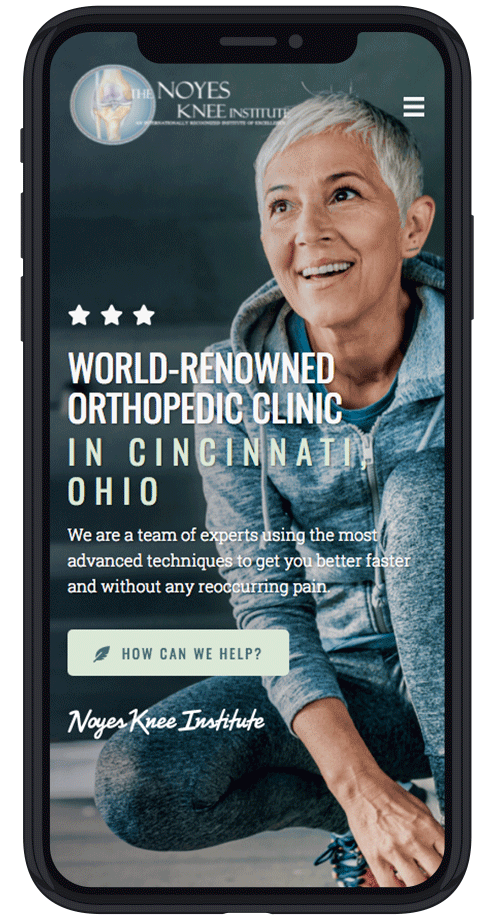Published On
Category
Whether you recently had knee replacement surgery or you’ve long had chronic knee pain, exercise is one of the best ways to protect your joints and encourage healing. The right exercises improve your range of motion, flexibility, and strength, allowing you to move with ease.
However, some exercises are better for your knees than others. If you don’t perform the following exercises correctly, you may hurt your knees more than help them. Unless you have permission from your doctor and guidance from a professional trainer or physical therapist, you may want to avoid these exercises entirely and opt for safer alternatives.
1. Full-Arc Knee Extensions
This leg exercise focuses on the quadriceps muscles. Although machines may vary a little, the general exercise requires you to sit on a bench with your lower legs positioned beneath a lever. You extend your legs to raise the lever upward and forward.
Unfortunately, if you set the knee at the wrong height, the exercise will apply constant tension to your anterior cruciate ligament (ACL) in the knee. If you use the wrong weight, the sheer force and pressure increase your likelihood of patellar subluxation syndrome (unstable kneecap), and it puts excessive stress on the patellofemoral joint.
Do Instead: Short-Arc Knee Extensions
Many physical therapists recommend short-arc knee extensions for rehabilitation. It works the quads, but it puts no pressure on the knees and joints.
To perform this exercise, lie on your back on a flat surface. Place a rolled towel or PVC tubing under your knees to give support. Lift and straighten one knee, hold for a few seconds, and relax. Repeat with the other knee.
2. Lunges
Lunges target a variety of muscles in the lower body, including the abdomen, legs, and hips. It primarily works the buttocks, quadriceps, and hamstrings, but it boosts strength in the calves as well.
To perform this exercise, you step forward with one leg and bend your knee until one thigh rests parallel to the floor. Your back knee should almost graze the floor without resting on the ground.
As with full-arc knee extensions, many people perform the lunge with bad form, which ultimately contributes to knee pain. The upper body should remain straight, with the shoulders back; otherwise, you’ll put too much pressure on your forward leg and knee.
Do Instead: Step-Ups
If you have stairs in your home or access to an aerobic step bench, try step-ups to work your buttocks, quadriceps, calves, and hamstrings. Simply step up onto the step with one foot, tap the top of the step with the other, and lower. When you step, your knee should remain directly over your ankle. Repeat with the other foot.
3. Deep Squats
Deep squats are a compound exercise that works the entire lower body. Not only does it work the quadriceps, hamstrings, glutes, and calves, but it also strengthens the erector spinae muscle group in your back (the iliocostalis, longissimus, and spinalis muscles) that promote good posture.
In a deep squat, you stand with your legs hip-width apart and slowly lower the body, as if you were sitting in a chair. You continue to lower yourself until your glutes sit nearly parallel with your ankles, and then you slowly stand again.
However, deep squats have a bad reputation for causing knee pain, as many people lack the flexibility and strength in their hips and ankles to complete the exercise in good form. When done incorrectly, a deep squat puts a great deal of sheer force on the patellofemoral joint. And if you allow your chest to lean forward during the squat, you put extra pressure on your spine.
Do Instead: Partial Squats
To squat safely, only lower yourself as far as you can go safely and without pain. Stand about one foot from the front of a chair, with your feet hip-width apart and toes forward. Bend at the hips, and lower yourself halfway down to the chair. Keep your knees behind your toes and your abs tight. Stand slowly and repeat.
Talk to Your Doctor Before You Exercise
When you swap out straining, risky exercises for safer ones, you not only minimize your likelihood of injury but also give your knees the opportunity to remain strong and mobile. But as with any exercise, you should always consult your doctor prior to starting a new routine. Whenever possible, check your form and alignment with a professional before attempting the exercise on your own.

